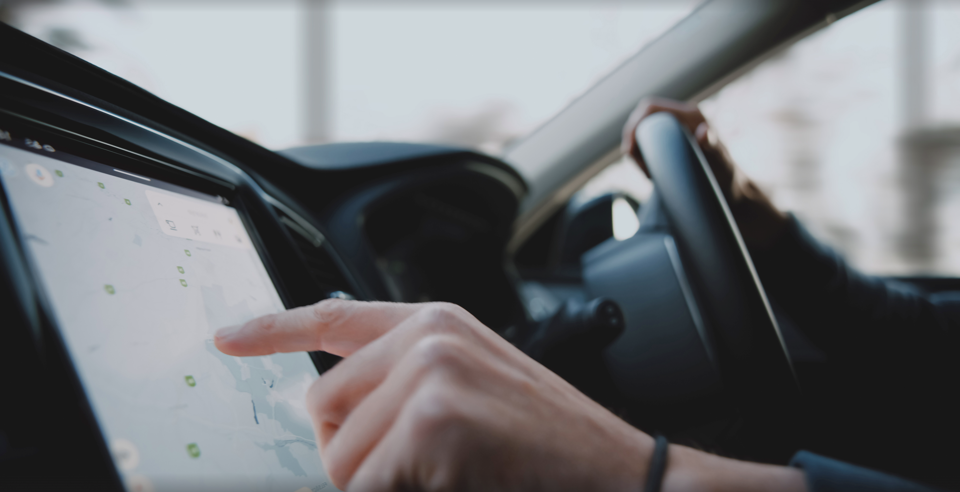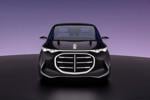Passenger screens capable of showing films and video games should be factored into fleet risk management policies, according to FleetCheck.
With ‘co-pilot’ screens becoming more widely fitted to higher end cars, studies show they create a high level of distraction for the driver.
Peter Golding, managing director at the fleet software specialist, said: “There is already research showing driver screen technology such as Android Auto and Apple CarPlay can dramatically affect reaction times behind the wheel and more recently, there have also been similar findings about passenger screens.
“A report from Tongji University in China indicates that driver behaviour becomes more erratic when the co-pilot display is being used and again, reaction times are affected because of distractions from sound and vision.
“While this latest research doesn’t directly make the inference, these kinds of research often show the effects are comparable with drug and alcohol use, so these not small risks, and fleets should arguably be considering their effect on driving performance.”
FleetCheck says that risk management policies could be modified to minimise the impact of screens on fleet road safety and that some fleets had already taken this step.
“The interiors of cars have changed massively in just a few years,” continued Golding. “Many manufacturers have followed the Tesla example of putting almost all controls on touchscreens and, as a result, some employers have guidance about using voice control whenever possible.
“However, there are times when the voice control fails and manually using the screen is unavoidable, such as to operate heating controls. This can involve taking your eyes off the road for extended periods of time, which is an obvious risk.
“Our view is that fleets need to do everything possible to engage with drivers and help them to use this technology as safely as possible, even though there are often no clear solutions.”
When it came to co-pilot screens, Golding says that the obvious solution is to bar models with them from the fleet.
“Driver screens are almost always part of the control layout of the vehicle and, while they are probably not a positive development for road safety, they need to be used,” he explained.
“In contrast, passenger screens serve no real practical purpose for businesses operating vehicles and are there purely for the entertainment of the passenger.
“It’s difficult to arrive at guidance that allows them to be used safely and probably the most effective step is to keep vehicles with them fitted off choice lists.”





















Login to comment
Comments
No comments have been made yet.